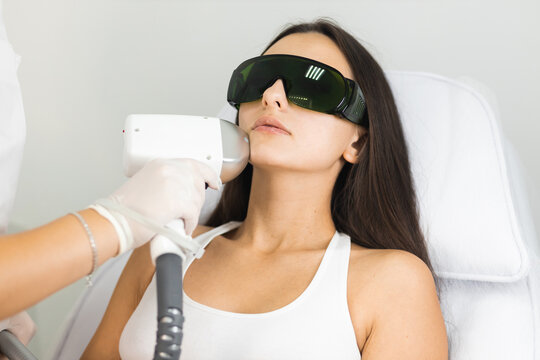In the realm of advanced skincare, microneedling has emerged as a transformative technique that encourages the skin’s natural healing processes for remarkable rejuvenation. This minimally invasive procedure involves tiny needles to create controlled micro-injuries in the skin, stimulating collagen and elastin production. In this article, we’ll delve into the art and science of microneedling, exploring its benefits, techniques, and why it has gained popularity among those seeking smoother, more youthful skin.
Understanding Microneedling
Microneedling, also known as collagen induction therapy, is a procedure designed to improve skin texture, reduce the appearance of scars and wrinkles, and promote an overall more youthful complexion. The process involves a specialized device that contains fine needles. These needles are gently rolled or stamped across the skin’s surface, creating micro-injuries that trigger the skin’s healing response.
The Healing Process
As the skin heals from these micro-injuries, it naturally produces collagen and elastin—the building blocks of healthy, firm, and supple skin. Collagen enhances the skin’s elasticity and plumpness, while elastin contributes to its ability to bounce back. The result is smoother, more even-toned skin with improved texture.
Benefits of Microneedling
- Reduced Fine Lines and Wrinkles: Microneedling can effectively reduce the appearance of fine lines and wrinkles, promoting smoother and more youthful skin.
- Scar Improvement: Whether from acne, surgery, or injury, microneedling can help reduce the visibility of scars by encouraging the growth of new, healthy skin cells.
- Minimized Pore Size: Microneedling can help refine the appearance of enlarged pores by promoting collagen production, which tightens and smooths the skin.
- Evened Skin Tone and Texture: Microneedling can contribute to a more even complexion by addressing issues like hyperpigmentation and uneven skin texture.
- Enhanced Product Absorption: The micro-injuries created during microneedling allow for better penetration of skincare products, maximizing their effectiveness.
Microneedling Techniques
- Manual Microneedling: This technique involves using a handheld roller or pen-like device with adjustable needle lengths. It allows for customized treatment based on specific areas and concerns.
- Automated Microneedling: Automated devices, such as pens, offer controlled and consistent needle penetration, minimizing the risk of uneven treatment.
- Radiofrequency (RF) Microneedling: RF microneedling combines traditional microneedling with radiofrequency energy. The added heat stimulates collagen production, leading to enhanced skin tightening and rejuvenation.
- At-Home Microneedling: Some devices are designed for home use. However, professional microneedling treatments are generally more effective and safer due to the expertise of skincare professionals.



